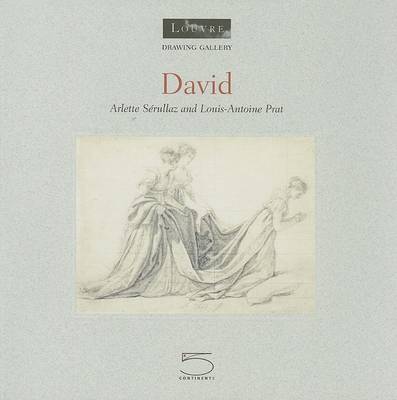The work of Jacques-Louis David (1748-1825), along with that of Nicolas Poussin and Paul Cezanne, probably represents one of the three great turning points in the evolution of French art. A man of the Enlightenment but equally nurtured by the moral examples of classical literature, he altered the course of the pictorial school of his day, and more than any other stands for the particular form of a "return to order" that characterises French Neoclassicism.
Draughtsmanship was instrumental in that evolution; beholding antique ruins for the first time during his two stays in Rome, David constantly drew in his sketchbooks and albums, inventing an original graphic style, accurate and sharp. He was equally rigorous in the preparatory drawings for his great pre-Revolutionary compositions (The Oath of the Horatii, Brutus), as, subsequently, in the huge scenographies dedicated to Napoleon's epic exploits.
The Louvre holds the most important collection of David's drawings in the world, with two of the twelve Roman albums, in which the artist assembled his travel recollections, as well as eight sketchbooks, where, page after page, we can follow the genesis of such famous compositions as The Sacre or The Distribution of the Eagle Standards. Outstanding among the individual drawings is the most famous icon of the Revolutionary period, the large drawing for The Oath of the Jeu de Paume, a valuable testimony of a project that was never carried out, along with utterly candid studies for portraits and figures that are evidence of the political evolution of a painter who was also a committed actor in the history of his time.
- ISBN10 8874392508
- ISBN13 9788874392506
- Publish Date 1 January 2005
- Publish Status Transferred
- Out of Print 27 January 2021
- Publish Country IT
- Imprint Five Continents Editions
- Format Paperback
- Pages 82
- Language English
